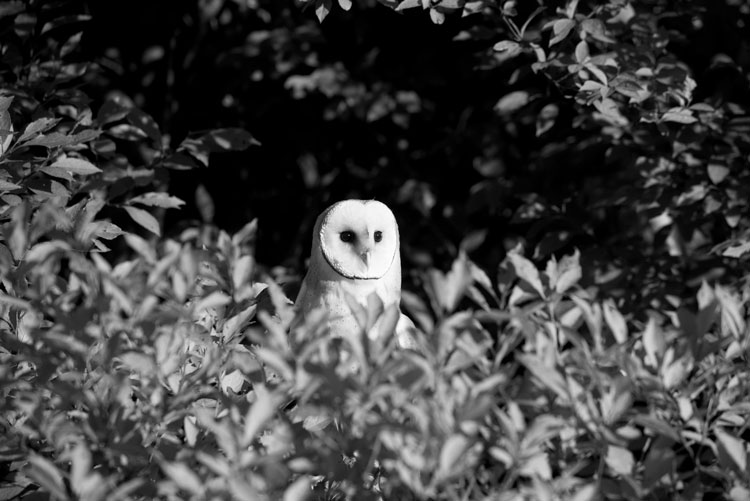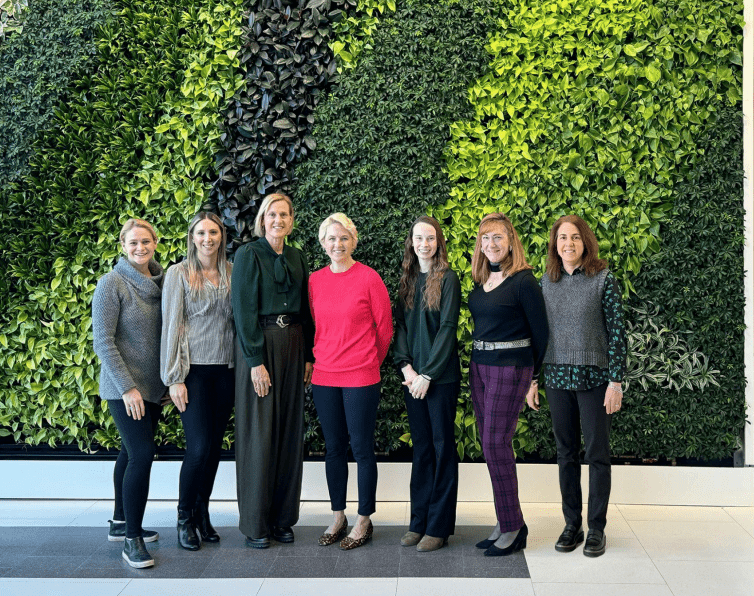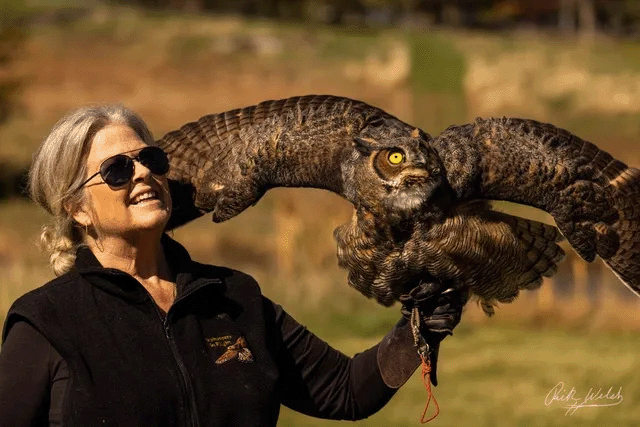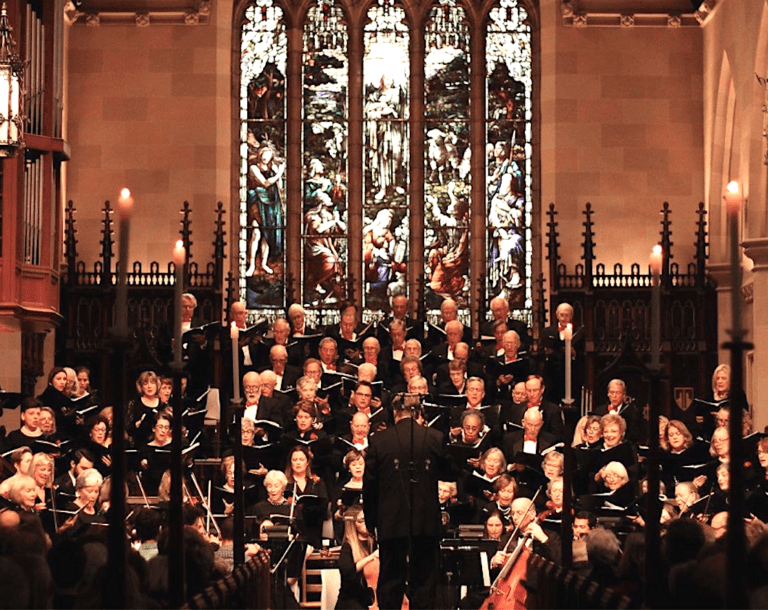
By JoAnn Messina & Francia Alvarez
The Greenwich Tree Conservancy was founded in January 2007 because of the importance of trees in enhancing our community, health, and quality of life.
Our mission is to preserve and enhance our tree and forest resources in Greenwich. Therefore, we believe that it’s important to comment on the proposed Eversource Greenwich substation and line project.
The Greenwich Tree Conservancy—500 members and supporters strong—believes that Eversource has not met the basic requirement to forecast electric loads based on historical data for Greenwich. The conservancy has asked the Connecticut Siting Council—which has the authority to reject the proposal—to review this deficit, as well as the following points:
Demand:
What documentation has Eversource provided to document increasing demand? Where is the multi-year study of local need? On what verifiable basis is Eversource claiming demand increases to the level requiring a new substation?
Despite the increased demand in south Stamford, Eversource has not proven an increase in demand for western Greenwich. Most of the demand for power at the Cos Cob substation is from the Metro-North Rail line that runs just north of the substation.
Changes in consumption technology and increased energy efficiency (for example, more efficient refrigerators and light bulbs) reduce average electric demand. “Energy efficiency remains the most cost effective means for reducing the demand for electricity,” according to the Connecticut Energy Advisory Board.
How is Eversource meeting the challenges to find more efficient and less costly sources of energy and less need for expensive capital upgrades? Building a new substation is the old way. Wouldn’t $140 million be better invested in renewable sources of energy and conservation?
Trees & The Environment:
Will Eversource be replacing the mature trees along I-95’s northern edge with trees of the same size, providing the same benefits—such as buffering noise, preventing soil erosion, filtering storm water—that these mature trees now provide? Will Eversource post a 10-year bond to provide comparable trees if those planted and/or impacted as a result of construction fail to survive? Has Eversource provided any study of the aquatic life in the Bruce Park ponds and the environmental impact of running a cable under these ponds?
Bruce Park, Greenwich’s oldest public park, was established in 1908 through the bequest of Robert Moffat Bruce and is located on 60 acres along the south side of Interstate 95. Greenwich has already experienced extensive loss of trees along the New Haven Line rail corridor. These trees were taken down by Metro-North and CL&P in 2013, after a large storm.
Now Eversource proposes to remove additional trees in order to run a 25-foot-wide trench through parts of Bruce Park, one of the environmental jewels of Greenwich. The only noise abatement that exists along the northern edge of the park is the trees. The trees also provide carbon dioxide absorption for the 140,000 vehicles that pass by Bruce Park daily. One of the proposed routes for the Eversource cable is along this northern edge of the park, abutting I-95. Digging a 25-foot-wide trench in which to lay the cable would require cutting down all of the trees along this border.
In addition, the historic Davis Mill Pond bisects the park’s 60 acres, providing a prominent water feature that serves as the centerpiece of the Bruce Park landscape. Eversource proposes to run lines under one of the ponds in Bruce Park, potentially disrupting the aquatic life during construction.
Also, potential corrosion of the proposed pressurized, liquid-filled cables is a grave concern. Is Eversource aware of the risk posed to Bruce Park by running cable under an area that is known to flood with salt water from Long Island Sound? Salt water has a hazardous effect on underground cables. Has Eversource reviewed the Salt Marsh Advancement Zone Assessment of Greenwich, Connecticut from 2014, and considered the consequences of running cable and building a substation in this area?
Transportation projects: Last month, Gov. Malloy and the state Department of Transportation announced the proposed widening of I-95, starting in Greenwich. This widening would occur in the same area of town as the proposed Eversource project. In order to ensure that the interests of Greenwich residents are protected, we conclude that the Eversource proposal should be denied until the community has had opportunity to assess the Connecticut DOT plans. If Eversource can demonstrate that the 115kV electrical transmission lines are needed, a method of coordinating these two major construction projects should be instituted in order to minimize the disruptive impacts to the town.
Conclusion:
Do we really need a new substation and lines (the equivalent cost of $20,000 each for the projected 7,000 homes and businesses)? Are there reasonable options, like conservation or a small clean power generator, with redundancy, that could solve the problem with less cost and less environmental impact? Greenwich has a great deal to lose.
Bruce Park is over a century old and part of our community’s natural heritage. It is incumbent upon Eversource to provide the Connecticut Siting Council with all the above documentation needed to make an informed decision.
JoAnn Messina is executive director of the Greenwich Tree Conservancy and Francia Alvarez serves on the conservancy’s board. This piece was adapted from remarks submitted to the Connecticut Siting Council.




